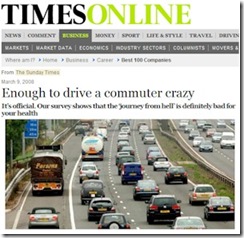I’m not talking about packing up your office and sailing around the world. Though, frankly, that is entirely feasible too these days. If there is an expert on remote working to even that extreme it is friend and former Microsoft teammate, Matt Dunstan (left above). He not only spearheaded some of the more ambitious initiative in the team to make the workplace and the work style more flexible. His latest expedition is to introduce such dynamic commercial navigation to businesses down under. His new venture is…
“Called 2nd Base, it is designed to give access to a network of work-friendly venues where people can escape the home office and work alongside likeminded people. The service is a new take on co-working in that the guys are not setting up a purpose built office, but instead have negotiated for space and facilities in existing, attractive venues.”
The charter is entirely to Joe Pilizzi’s piece “Why It’s Time to Ditch Your Office” (thanks Adain)…
“Most organizations are set up for how we communicated decades (or more) ago. The reason we had to go into the city is because communication was impossible without face-to-face interaction. For the majority of non-manufacturing or non-retail organizations, this is not the case any longer. For most of us, we can get our job done with as much as a smartphone, with access to email, social media and office interaction. Need to have a meeting? Skype or GoToMeeting are at our disposal in two seconds if a meeting is absolutely necessary. How about Google Hangouts? Instant messaging is at our fingertips. Our IT services are in the cloud. There was a time we needed the office, but for most of us, that time is over.”
Pilizzi enumerates a handy and succinct enumeration of the business benefits to flexible and remote working…
- Better Productivity
- Happier Employees
- Access to Better Talent
- Lack of Overhead
- Trust
- Get Out of the Past
Sail on.









